There’s no place else to go but the Ayala Museum for the I Love Kusama exhibit. Mounted for the first time on such a large scale, the exhibit is home to the Philippines’ possibly largest collection of paintings, prints, installations, and merchandise of the famed Japanese designer Yayoi Kusama.
 |
| Kenneth Esguerra, senior curator and head of conservation for the Ayala Museum. Photo by the Ayala Museum |
 |
| Minister Setsuo Ohmori, Head of Chancery of the Embassy of Japan. Photo by the Ayala Musem |
Yayoi Kusama became a mainstream hit when she was tapped by Marc Jacobs to design a series of bags for French luxury label Louis Vuitton. In true Kusama fashion, she draped colored dots on the handbags, shoes, jewelry, and clothes, adding a touch of whimsy on a storied brand. But even before her historic partnership with Jacobs, she has wowed the art world with her experimental take on art.
 |
Infinity Nets of Love / 1998 / acrylic on canvas and Gathering of Souls / 1988 / acrylic on canvas and Sprouts (Transmigration of the soul, metempsychosis) / 1990 / acrylic on canvas
|
 |
Sex Obsession / 1992 / acrylic on canvas (diptych)
|
 |
| Imagery of Human Beings / 1987 / oil on canvas (triptych) |
Anyone familiar with Kusama’s art knows that she is known for her repetitive series of dots that take over her canvases. What many do not know is that these dots, or “infinity nets” as she would call them, are a result of hallucinations that began in childhood. According to her, “One day I was looking at the red flower patterns of the tablecloth on a table, and when I looked up I saw the same pattern covering the ceiling, the windows and the walls, and finally all over the room, my body and the universe. I felt as if I had begun to self-obliterate, to revolve in the infinity of endless time and the absoluteness of space, and be reduced to nothingness.”
 |
Flower / 1989 / acrylic on canvas and Phantom Flower / 1989 / acrylic on canvas and Mushroom / 1989 / acrylic on canvas
|
 |
| Mirror Boxes, where a viewer can peep into a peephole and see small mirrored balls reflected infinitely |
 |
Woman with a Shadow of a Bird / 1975 / acrylic and collage on paper and Dots Obsession / 2003 / acrylic on canvas
|
She began “obliterating” items with dots as early as the age of 10, using canvases, everyday items, gourd installations, and penis-shaped intrusions that were another trademark of hers. Kusama is also known for her Mirror/Infinity rooms, an installation where an entire room is lined with mirrors and neon-colored balls to create the illusion of a never-ending space. Equally popular are her Body Festivals in the 60s where naked participants were covered in dots.
 |
Mimosa / 1980 / marker pen on paperboard and Hat / 1978 / watercolor on paperboard and others
|
 |
Statue of Venus Obliterated by Infinity Nets No. 2 / 1998 / mixed media and Sex Obsession (Gold Dress) / 1999 / dress, stuffed sewn fabric, gold paint
|
 |
| Yayoi Kusama merchandise |
Because of her hallucinations, Kusama is voluntarily staying at the Seiwa Hospital for the Mentally Ill, where she continues to make art. Her influence is such that she is a respected artist in the avant-garde genre and has inspired artists like Andy Warhol and Claes Oldenburg.
 |
| Yayoi Kusama merchandise |
 |
| Yayoi Kusama merchandise |
Today, Kusama’s works are revered around the world, with exhibitions at the Museum of Modern Art in New York, the Museum of Contemporary Art in Tokyo, the Tate Modern in London, the Los Angeles County Museum of Art in LA, the Centre Pompidou in Paris, among many others.
 |
| Collector Kim Camacho |
 |
| Lito and Kim Camacho |
Lito and Kim Camacho are two of the leading Filipino collectors of Kusama art, mounting for display their vast collection of art and merchandise. The couple first saw Kusama’s art in 2004 at the National Museum of Modern Art in Tokyo for Yayoi Kusama: Eternity-Modernity. Some time later, the couple got to meet the artist in her hospital residence. According to Kim, she showed up in Kusama sunglasses, dress, wellingtons, and bag. Kusama was amused and ended up signing the bag and the wellingtons. According to Kim, this may be the only signed Kusama merchandise in the world.
I Love Kusama is part of the Ayala Museum’s Collectors Series, a program to showcase the selections from leading private collectors in curated thematic exhibitions. The Ayala Museum launched the exhibit for the 40th year of the ASEAN-Japan Friendship and Cooperation and the Philippines-Japan Friendship Month. The museum has also invited Akira Tatehata, one of the world’s leading experts on Kusama and the curator the Japanese Pavilion during the 45th Venice Biennale in 1993 (when Kusama represented the country) for a one-time lecture on Aug. 10, 4 p.m., at the Ground Floor Lobby. The exhibit will be on display until September 1.
This article first appeared at When In Manila.


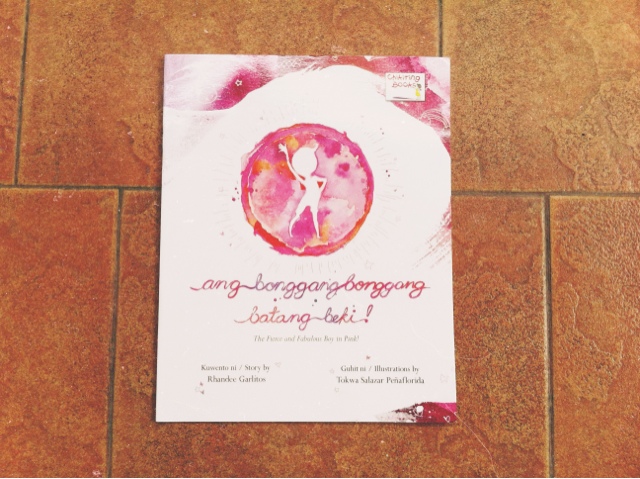
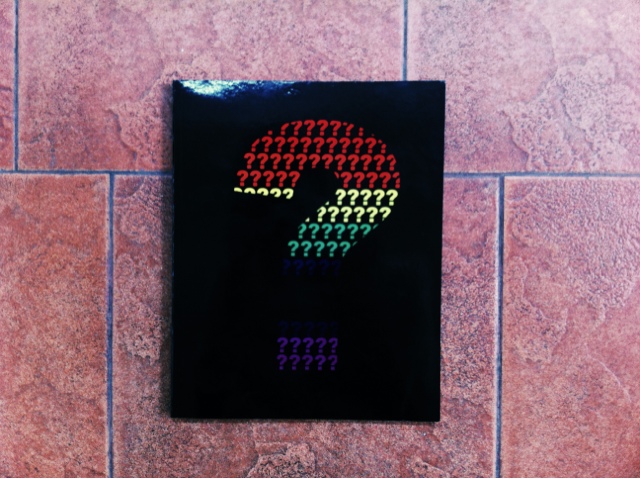

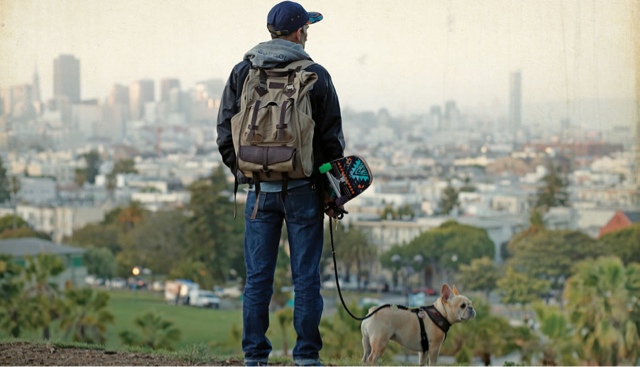


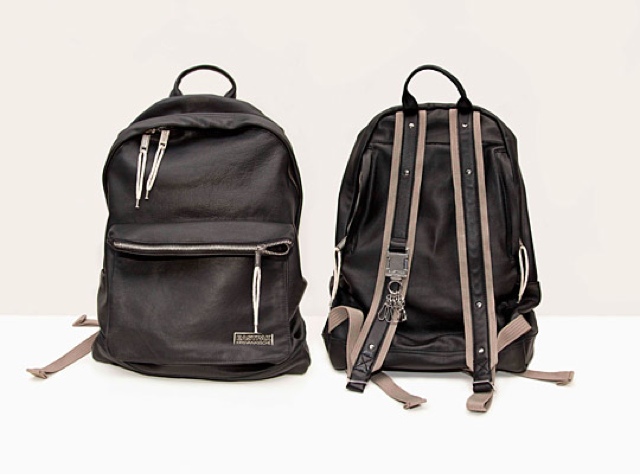
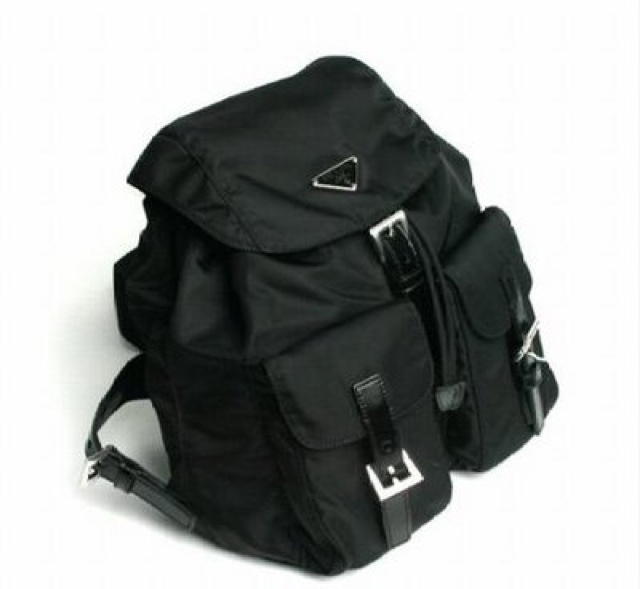
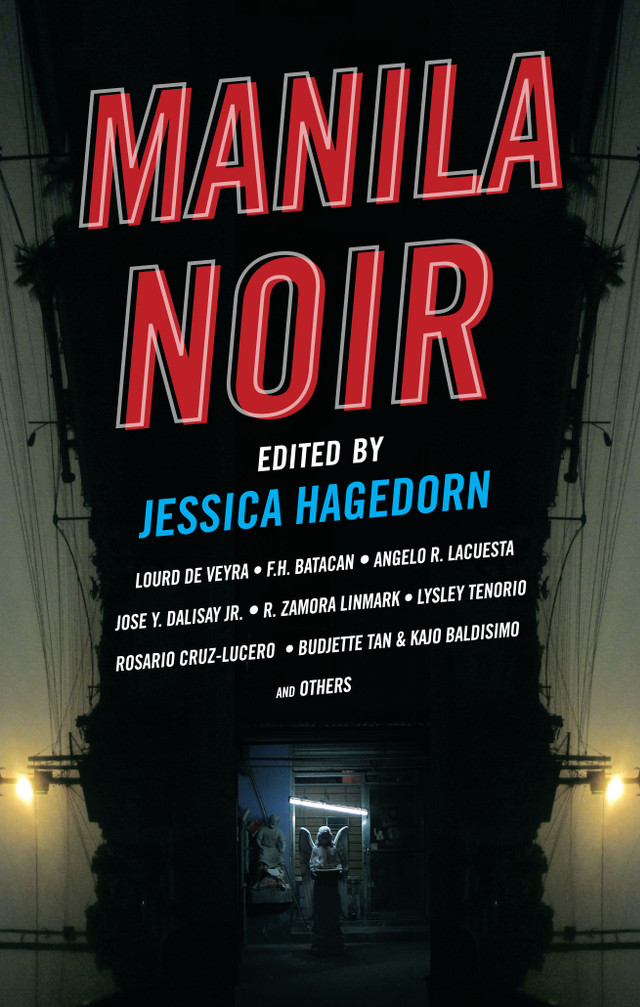









.jpg)

